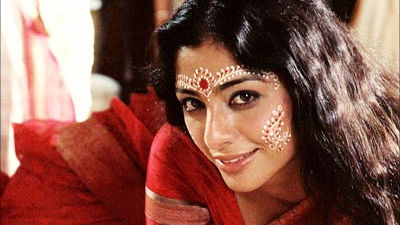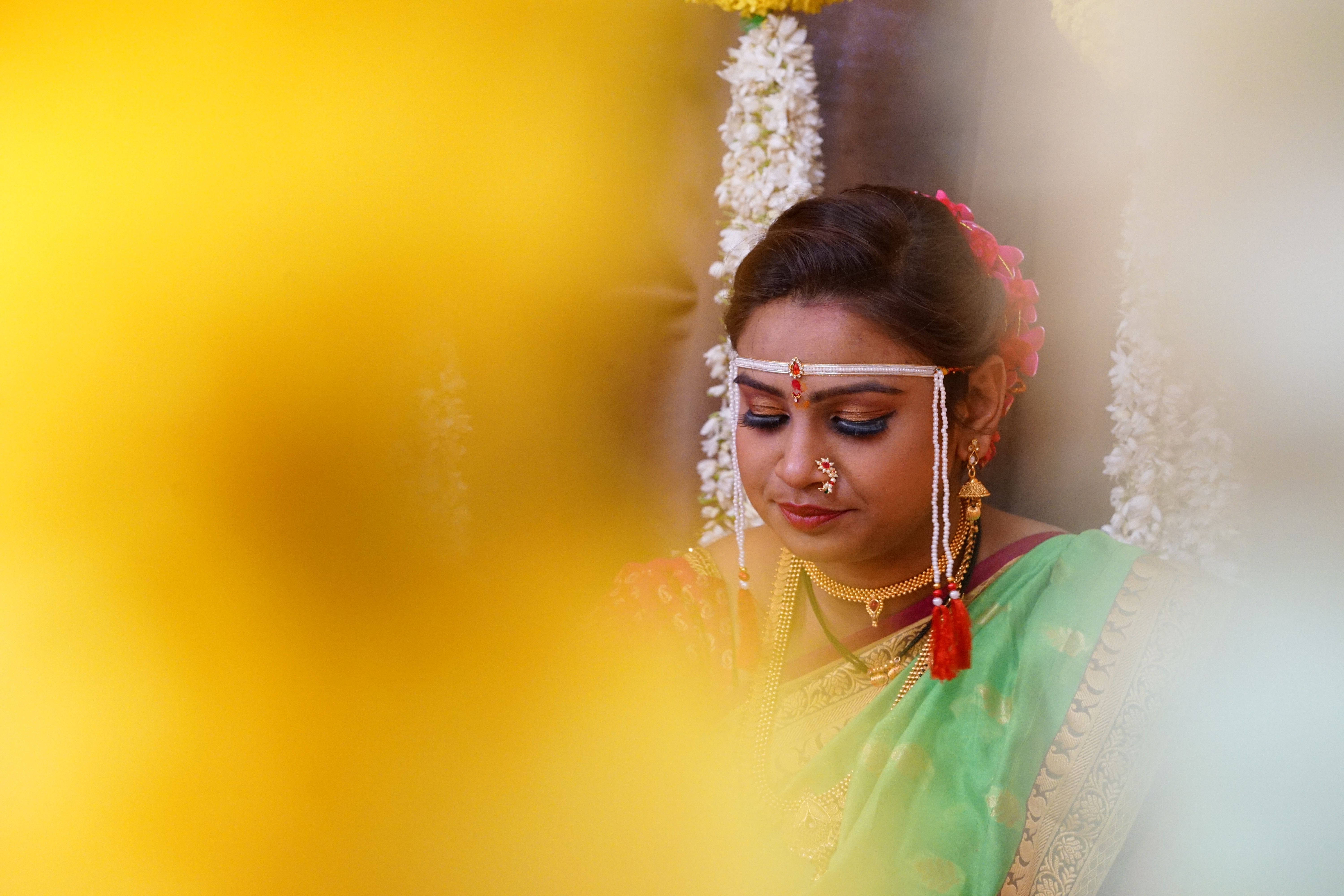Signs of the Post-Romantic Times: Arranged Marriage Chic?

This was originally published in at www.pamelahaag.com
Americans are growing more interested in and perhaps enamored of matchmaking and arranged marriage, which used to call to mind Fiddler on the Roof or an expose on “primitive” custom. This tentative interest in arranged marriage in Western cultures co-exists with an international, thoroughly romantic, “love before marriage” trend, which suggests an amusing and fascinating cross-pollination.
Perhaps the globalized economy, the Internet, war, immigration, international sex tourism, and the worrying rise of mail order brides, among other places of contact and crossing, has “flattened” our marital ideals, too, much as Thomas Friedman has proposed for the global economy. Or, it’s created a marital mixing pot,pushing more practical-minded cultures toward the subversive Love before Marriage trend, and nudging romantically-besotted Americans toward a post-romantic, sensible shoes approach.
India’s Love Before Marriage trend gained momentum, literally, on the currents of the global economy, with the software boom of the 1990s. Following the usual trade route of transmission, parts of the Asian and the middle eastern world are newly besotted with our exported romantic ideal of true love. It inspired an Indian newspaper to editorialize with rousing and delicious hyperbole against the “sickening trend” toward “Western standards for marriage,” those who “wallow in cohabitation and enjoyment,” breathing the “air of all pervasive permissiveness and promiscuity, redolent with adultery and infidelity.” It’s the (waning) American way, I suppose.
I wish that all Americans had the hedonistic love lives that our detractors imagine that we must have.
But meanwhile, in the United States and western European countries, the idea of arranged marriage and matchmaking is catching on. “Arranged marriages are very natural,” says Aneela Rahman, a British citizen. “It is something Asian people do all the time and it is part of our culture.” Rahman was 23, thoroughly westernized, well educated, and studying optometry when her family arranged her marriage. Now her TV series, “Arrange Me a Marriage,” involves working with friends to find suitable marriage candidates.
“Even though many of you might cringe at the prospect of an arranged marriage,” writes American bride Anum Ghazipura, “I actually have no reservations about the idea. Not having the added responsibility of having to choose the man with whom I will spend the rest of my life…gives me a chance to concentrate on my goals.” By the romantic script, of course, love and marriage were the goals of life.
In China, parents still swap information on their marriageable children, who are too busy working to find mates themselves, in public parks that function like matrimonial Marble Arches.
But Western romantic ideals are taking hold among the younger generation of Chinese. While parents circulate trading cards on children (“associate’s degree, 1.7 meters, realtor-manager, two homes, 5,500 RMB”), their children wish things were “lighter, more natural,” and that “it will [just] happen.”
In a reverse ideological migration, Americans are becoming more curious about arranged marriage, more receptive to the rational attitude of marrying marriage.
In academia, behavioral economists and other scholars conduct research on marital decision making and compare the virtues of the love match and the arranged marriage;in New Jersey, the Muslim community holds a Muslim Matrimonial Event in a restaurant as an accepted form of Islamic “speed dating.”
It’s not just an artifact of immigrant communities. High-end matchmaking services for professionals in cities such as Boston and Seattle now “outsource love,” in one of these matchmaker’s terms A similar service by Christine Stelmack in Seattle, who has a degree in marketing and psychology, matches men with a net worth of at least $1 million with career-oriented, attractive, educated single women.
More troubling is the number of American men finding foreign born wives through international marriage brokers may total 14,500 a year. Approved fiancée visas in the U.S. rose from 24,000 in 2000 to 47,500 in 2004. It bears underscoring that this is a worrisome and by no means entirely benign phenomenon—Congress passed the “International Marriage Broker Regulation Act” in 2006 to protect mail order brides, and the Tahirih Justice Center advocates against the blatant stereotypes of submission and docility that the matchmaking services promulgate, which can lead to “marriages” that amount to little more than abuse or sexual servitude.
Most prominently, though, matchmaking is already very much in the mainstream–if we count eHarmony,the most wildly successful matchmaker of all time. With 20 million registered clients since its inception in 2000, eHarmony has facilitated an average of 236 marriages a day. Match.com is a virtual singles bar, which tosses applicants together online, but eHarmony is a virtual shtetl matchmaker, with the demystifying matchmaker role of the elder assigned to its trademarked “Compatibility Matching System,” a meticulous five-hundred-question test. With eHarmony, as with any other matchmaker, the potential spouse entrusts the initial selections to reason over desire; method over epiphany. A go-between—the scientific system, in this case—screens and suggests mates based on clear-eyed expertise. “Who knew love and science could be so compatible?” eHarmony marvels at itself.
Robert Epstein, former editor of Psychology Today, published a controversial editorial in 2002 proposing that we shouldn’t “fall” in love. Instead we should go about it deliberately and rationally, and then learn to have a happy marriage. He proposed a “love contract” by which he and a woman would learn to love each other through “extensive counseling sessions.”
Although Epstein stopped short of recommending arranged marriage (and eventually found a partner in a more conventional way), he noted in another article that “60 percent of the world’s weddings are planned that way.” The American “love marriage” based on physical attraction and romance, he declared, is “really, really horrible.” Point taken. The romantic marriage with its notions of chronic dependency and emotional fulfillment wasn’t, and isn’t, such a tenable script. Still, I do wonder if there isn’t an alternative marriage muse for us, somewhere between the poet and the mechanic.




